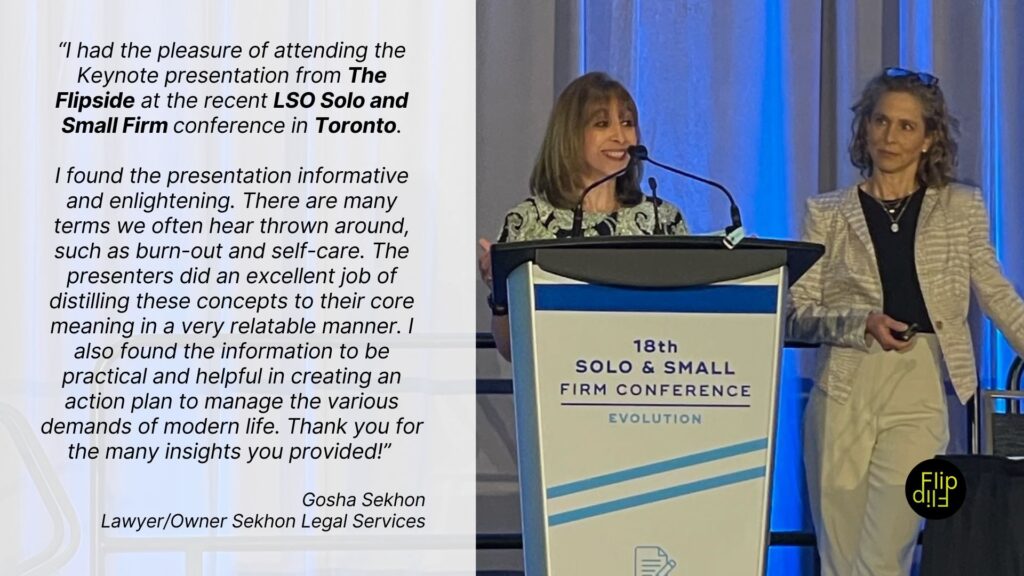Brain
Your Brain on Menopause. Part 2.

Changes in structure and functionality of the female brain.
In Part 1 of this article, we described menopause as a process of the brain and how the female brain, different than the male brain, goes through three structural and functional brain changes throughout her lifetime. Here, we will explore the role of estrogen, the upside of menopause and three lifestyle strategies to boost brain health during and after menopause.
Estrogen and the brain.
Estrogen is a master regulator of women’s brains. When estrogen is high, your neurons become better interconnected, and blood flow to the brain is efficient, so the brain gets good oxygen and nutrients. Your brain is more protected overall. Estrogen is also a growth hormone, it stimulates overall plasticity in the brain, which builds biological resilience. Estrogen also promotes glucose metabolism in the brain. It is like an orchestra director guiding all instruments to perform at their best.
During perimenopause, estrogen levels drop in an erratic, unexpected non-pattern, leading to a 30% decline in brain energy levels. This results in many symptoms, from hot flashes to slow metabolism to brain fog. The brain adapts slowly to the “retirement” of estrogen (in the form of estradiol) and the welcoming of the new orchestra director “estrone” which is a less potent estrogen that takes over. After menopause, the orchestra is still active, but the tune is not the same.
What happens next?
Our brains and bodies rewire after menopause. This ability to change suggests a natural adaptation that will last with us for around 40% of our lives. Some studies suggest that, on average, a woman is never happier than in that post-menopausal phase than in any period in her life.
Cognitive functions, for example, take a dip during the transition, but then go back up post-menopause. The amygdala, the emotional powerhouse in the brain gets selectively turned off where emotions like sadness or anger do not hold quite the same charge. Brain scans show that the amygdala does not fire as strongly when something negative happens, but fires just as strongly when something good happens. So, the ability to sustain joy and potentially contentment if not amplified, becomes stable. This has been linked with better emotional control after menopause.
Proven practices to foster.
The ability of the brain to change highlights the importance of undertaking this last “brain renovation” with care and attention to count on a healthy and robust brain after the menopausal years are over. Based on our health foundations, these are three practices to consider if you are navigating or preparing to enter perimenopause and want to keep your brain strong amidst the change.
Sleep.
Quality sleep is crucial for brain health, particularly during menopause. After 40, for instance, studies show that women need on average one more hour of sleep than men. During sleep, the brain undergoes essential maintenance, including the activation of the glymphatic system, which cleanses the brain of toxins. To enhance sleep quality:
Establish a sleep routine: Maintain a consistent sleep schedule create a restful environment and allow the brain to some predictable patterns in the midst of unpredictable hormonal behaviour.
Morning light exposure: Many of our hormones are controlled by natural sunlight exposure. Try to get 10 minutes of morning light upon waking to help regulate some hormones like cortisol and melatonin.
Exercise.
For menopause, in particular, all exercise is good. Cardiovascular activity seems to be especially helpful for the hot flashes in the brain fog. Strength training helps preserve metabolic activity, muscle health, bone mass, and stable mood. Stretching exercises and mind-body activities are great for flexibility, stress reduction and sleep.
It’s good to be creative. You don’t have to wear fancy clothing (or maybe this is the external motivator). You don’t have to go to the gym. It’s good enough to go for a walk. Just keep your body moving. And with the research on women shows that, as soon as you start, even just in mild intensity, the gains start increasing. So, the key takeaway here is to start where you are.
Nutrition.
Every day we have at least three opportunities (breakfast, lunch and dinner) to either make a smart choice that supports our brain health or the opposite and feed our brain garbage that will reach the fabric of our brain. It’s important to focus on clean, nutrient-dense foods.
Aim to eat three heart and balanced meals on a regular schedule. How do you know they are healthy meals? Use pure, single ingredients and avoid processed foods. Focus on the diversity of whole foods instead of calories, and make sure you are satisfied after each meal. Keep a 12-hour window without food consumption between dinner and breakfast (this is not fasting but allowing your body to reset during sleep).
Avoid snacks (even liquid snacks). Allow your body and brain to process each meal for at least 4 hours.
Drink plenty of water (mineral water preferably) to combat dehydration, which can exacerbate neurological symptoms. Drink a glass of water upon waking. Make this a ritual.
Make it better.
Book regular medical checkups to make sure that you are in good health overall and that there is nothing in your medical history that might make your menopause worse. And, keep track of your periods and symptoms because it is helpful to understand your body and brain, and to talk to your health specialists about your journey (there are many free apps available).
In times of hormonal turmoil such as menopause, the brain benefits from regularity and predictable patterns. Avoiding all symptoms during menopause is certainly utopian, however, observing and understanding how your body and brain behave, what it needs, and what it thrives on, will help you (and me) navigate these years with more ease, and prepare our brains for the last renovation. As women, we will have this post-menopausal brain for around 40% of our lives. Let’s make it strong and resilient.
With care,
Rosana





